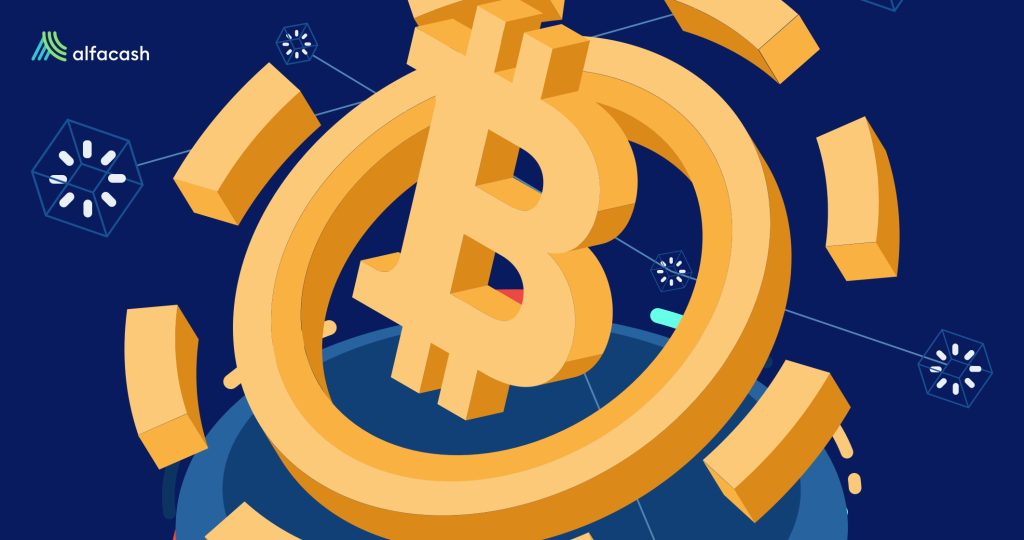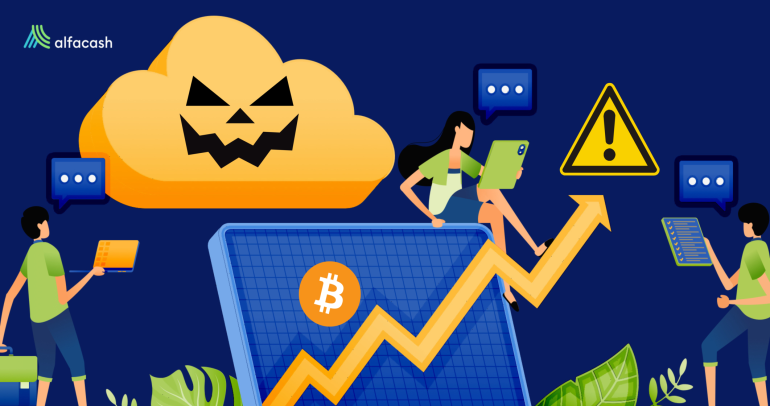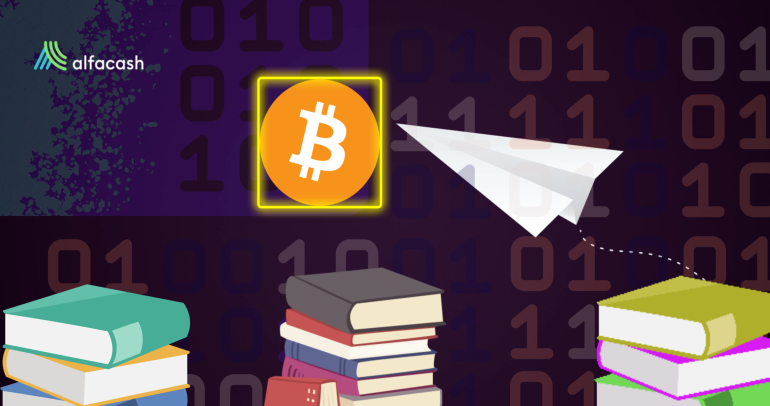Most Decentralized Finance (DeFi) platforms run on Ethereum. But, more developers are creating tools to combine DeFi and BitcoinBitcoin is the first decentralized digital currency. It was created in 2009, by an anonymous founder or group of founders... More (BTCAn abbreviation for Bitcoin.) daily.
Although Satoshi Nakamoto devised Bitcoin to exchange electronic money between peers, the flow of bitcoins in Ethereum (ETH), BNB Smart Chain (BNB), and Polygon (MATIC) smart contracts for DeFi products is growing daily.
What is Bitcoin DeFi?
Bitcoin DeFi is becoming more popular every day. But, to understand the concept, we must first review what DeFi is.
DeFi seeks to change the traditional economy by adding transparency and decentralizationThe transfer of control from one central entity to numerous smaller entities. Generally, cryptocurrencies are decentralized. Every crypto transaction is... More to financial products. Thus, the goal of DeFi is that finances are available to anyone, so it dispenses with centralized financial institutions.
Thus, DeFi breaks down traditional barriers to access products such as lending, prediction markets, staking, investment pools, financial derivatives, insurance, etc.
We call Bitcoin DeFi the solutions that allow BTC to work on Ethereum -or any other blockchain- to be able to use it in DeFi projects.
Why Bitcoin DeFi?
Bitcoin is the most valuable cryptocurrencyA digital currency running on a blockchain and built with cryptography. Contrary to central-bank issued currency, cryptocurrency issuance rules are... More of all. As of November 2022, it has a market capitalization of 388 billion [CoinMarketCap]. However, due to its volatility, it still does not work as a global payment method. Therefore, it’s only a speculative asset or a value store for many investors.
BTC holders keep their investments over time to increase their income. Therefore, these investors don’t want to sell their BTC and buy ETH or another cryptocurrency that works in DeFi, fearing reduced profits.
Though, keeping BTC in storage without generating other income is also unattractive.
Bitcoin DeFi is an answer to increasing the uses of this cryptocurrency and allowing investors to generate passive income.
How does Bitcoin DeFi work?
Bitcoin’s blockchainBlockchain is a type of database storing an immutable set of data, verifiable to anyone with access to it —through... design is simple. However, the simplicity of Bitcoin gives security and robustness to the network. For this reason, developers who want to add other features to Bitcoin must implement second-layer solutions.
Unlike blockchains like Ethereum, running smart contracts on Bitcoin is cumbersome. But smart contracts make it possible for a DeFi ecosystem to exist.
Since BTC cannot be directly held on Ethereum or another blockchain to use this cryptocurrency in DeFi products, developers have devised some methods to achieve this. One of them is Wrapped Bitcoin or wBTC.
Wrapped Bitcoin
Wrapped Bitcoin (WBTC) is an ERC-20 token backed 1:1 with Bitcoin. It went on the market in January 2019. In short, WBTC is a token that represents Bitcoin and facilitates the migration of value to the Ethereum DeFi ecosystem.
This token works under a custody model. This means that every WBTC minted has its equivalent in BTC kept in reserve under escrow, according to its developers. A smart contract locks Bitcoin and works as if it were an exchange.
Likewise, exchanges from Bitcoin to WBTC or vice versa are possible through a minting and burning system that allows the balance of assets in this ecosystem.
Wrapped tokens are similar to stablecoins because their value depends on another crypto asset. However, WBTC is not considered a stablecoin, given the volatility of Bitcoin.
Bitcoin Staking
One of the main reasons Bitcoin DeFi exists is to generate passive income with cryptocurrency. Some DeFi platforms allow you to lend and earn BTC with an APY yield of up to 60%.
Users lock the number of BTC they wish to invest into a smart contract to generate passive income with the cryptocurrency. Once the staking ends, the smart contract will release the funds and profits. Other platforms coverts BTC to a stablecoin before staked.
But, in most DeFi platforms that offer interest on Bitcoin, “staking” consists of users depositing funds so that companies can do something with them (loans, trading, etc.). Then, from those returns, the platforms offer profitability to the users.
Therefore, you must consider Bitcoin staking a high-risk method, so it is necessary to investigate the platform where you want to invest.
Some challenges facing Bitcoin DeFi
Decentralized finances are an excellent alternative to democratizing access to financial products. However, there is still a long way to go regarding safety and security. For example, in 2021, the number of hacks on DeFi platforms was $1.3 billion; in 2022, the number increased dramatically to more than $3 billion.
But the robustness of BTC is weakened when it incorporates second-layer DeFi solutions. As there is not yet a wide range of DeFi products to Bitcoin, the biggest challenge for developers will be to learn from other DeFi solutions and gradually incorporate improvements that help overcome current security challenges.
Scalability is also a challenging topic for Bitcoin DeFi. The Bitcoin network can process just seven transactions per minute, one of the lowest figures among all cryptocurrencies.
Although theoretically, this works for a payment network, when we talk about Bitcoin DeFi, it presents a big problem as there is more than one blockchain network to interact with. Therefore, developers find it a significant barrier to building decentralized markets, lending solutions, etc., that include cryptocurrency.
The challenges of Bitcoin DeFi will continue to be present in the near future, but investors still need to increase their profits with the cryptocurrency. And best of all, these DeFi solutions work without disturbing the Bitcoin blockchain, which runs its course with the most robust script.
Wanna trade BTC, ETH, and other tokens? You can do it safely on Alfacash! And don’t forget we’re talking about this and many other things on our social media.
Telegram * Facebook * Instagram * YouTube *Twitter








